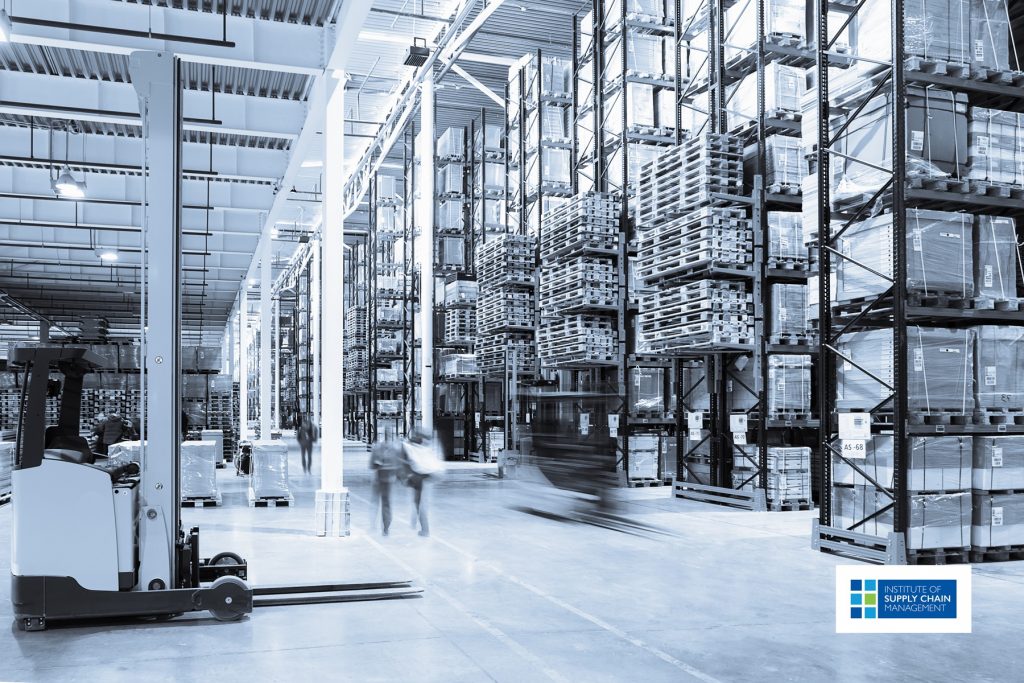
The pandemic has changed the way we live, the way we shop, and how organisations store their inventory. As physical businesses shut down and the demand for online products increases, warehouse space can get tight. You know you need to boost your storage capacity, but what do you do when expanding your space isn’t an option?
The answer is simple: you make the most of what you have with warehouse efficiency and innovative storage solutions.
Maximise Your Building’s Floor Space With Better Storage Solutions
Efficient, modern storage solutions can benefit governments, manufacturers, distributors, hospitals, and other organisations. The first place to start is understanding how you can maximise the space you already have. Study the layout and dimensions of your storage facility and map out the best way to maximise space.
If you look hard enough, you’ll often find available space you’re not utilising. Consider installing pallet racks for inventory that will sit above shipping and receiving doors. Install shelving above conveyors and other equipment to house smaller or slow-moving inventory. If you store the same items in multiple locations, consolidate them into one area.
Consider stacking heights, structural impediments, column spacing, and your “big picture” process flow. Then start finding better storage solutions to maximise your warehouse’s footprint.
When You Can’t Expand, Go Vertical
Extending racks vertically is usually the first option warehouse managers look at to create more space. As long as you can do it safely, extending storage vertically is a good option. For example, newer warehouses will have a fire suppression sprinkler system that allows for storage up to 18 inches from the sprinkler heads. Another concern when you’re extending racks vertically is properly-sized base plates. It’s best to consult a structural engineer to determine if rack extension is right for your storage facility.
In many warehouse configurations, one of the best ways to increase space is to install a mezzanine. Building a mezzanine above a shipping, manufacturing, or receiving area can add a tremendous amount of floor space. You’ll find plenty of customised mezzanine layouts, including free-standing units, equipment and conveyor crossovers, and multi-level mezzanines. When you need storage solutions for auto parts, consumer products, or industrial materials, a mezzanine is a worthy investment.
Whether you consider multi-level shelving, rack supported, or free-standing mezzanines, it’s essential to choose a storage solution that will scale with your growth. You want your storage systems to be expandable and adaptable when your storage needs increase. Before you start your search for the right mezzanine, you need to understand any constraints or potential issues like the size of base plates and existing columns.
Rack ’Em Up
There can be a lot of wasted floor space between your warehouse inventory racks. Forklift access aisles can consume up to 60% of pallet rack storage areas. A wide aisle can often be up to 12 feet! When you can reduce aisles to less than 8 feet across, you’ll end up with a significant amount of available floor space.
Put that wasted aisle space to work with racking solutions that fit your storage needs and processes. Determine the area your forklifts need to work quickly and safely and the amount of vertical space available. Use these calculations as the foundation for finding the best space-saving storage solutions to improve your warehouse’s efficiency.
Compact Pallet Storage Racks
Sometimes referred to as mobile pallet racking and mobilised warehouse racking, compact pallet racks provide fast, easy access in many warehouse setups, and let you free up valuable storage space. Compact pallet racks let you move rows of pallets, and flexible aisle space, with the push of a button by mounting your existing pallet racks on specialised carriages and tracks.
Double-Deep Rack Systems
In manufacturing facilities and warehouses with limited space, access to two pallets from one side of an aisle using a double-deep rack system is invaluable. Double-deep storage racks are typically found in high-volume storage facilities with a LIFO (Last In, First Out) inventory rotation and limited space. Sometimes referred to as deep-reach rack systems, double-deep racks use a back-to-back layout to maximise warehouse space and reduce the number of aisles.
Drive-Through Racks
Drive-through rack systems reduce space costs while providing the most efficient access. These high-density drive-through rack systems allow forklifts to enter the rack structure to access and store pallets. Drive-through racks are perfect for First-In/First-Out (FIFO) rotation found in warehouses storing food and other perishable items.
Push-Back Rack Systems
A push-back pallet rack system provides the space-saving footprint of drive-in racks and the selectivity of traditional selective pallet racks. Using a sequence of mobile carts that ride on rails, a push-back system works much like a soda machine. When a loaded pallet is placed on a cart, the cart before it is pushed back, leaving the new cart in the first position. Once a pallet is retrieved, the one behind flows to the front. The typical push-back rack will hold three to four pallets and perform well in LIFO and FIFO warehousing.
An objective analysis of your existing floor space and your inventory storage process should point you in the right direction for increasing warehouse efficiency. From reconfiguring your storage facility’s layout to implementing modern, space-saving storage solutions, you can revamp your warehouse to store more with less.

IoSCM can help you develop your knowledge of modern warehousing and inventory. With a wide-range of courses and professional qualifications to advance your career. Click here to find out more.
